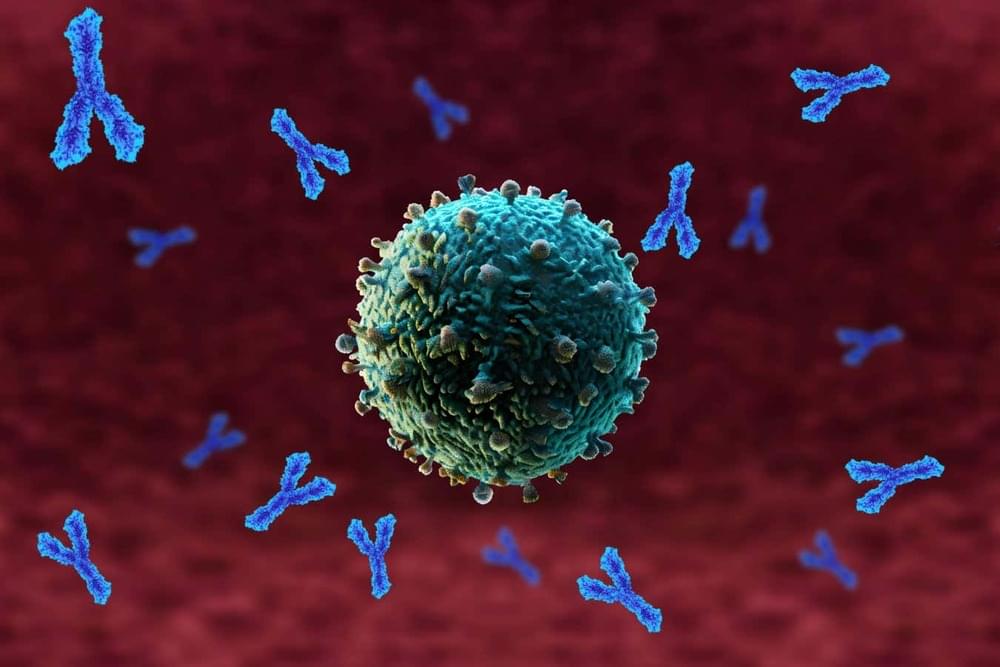“Along with Sgr A* having a strikingly similar polarization structure to that seen in the much larger and more powerful M87* black hole, we’ve learned that strong and ordered magnetic fields are critical to how black holes interact with the gas and matter around them,” said Dr. Sara Issaoun.
A recent study published in The Astrophysical Journal Letters discusses the most recent image of the supermassive black hole, Sagittarius A* (Sgr A•, which is located approximately 27,000 light-years from Earth at the center of the Milky Way Galaxy. These new images that were obtained by Event Horizon Telescope (EHT) Collaboration are the first to identify the magnetic field lines of Sgr A* and comes after EHT first obtained images of Sgr A* in 2022. This study, which consists of more than 150 co-authors, holds the potential to help astronomers better understand the compositions of supermassive black holes throughout the universe.
For the study, the collaborative team of researchers used EHT to measure polarized light emitted by Sgr A*, which not only revealed the magnetic field lines for the first time, but also gained valuable insight into the properties and behavior of the magnetic field, as well. This study comes after astronomers previously identified the supergiant elliptical galaxy, M87*, was emitting powerful jets at nearly the speed of light after astronomers had discovered it also had large magnetic field lines. Therefore, researchers hope this recent study could produce the same long-term result.








